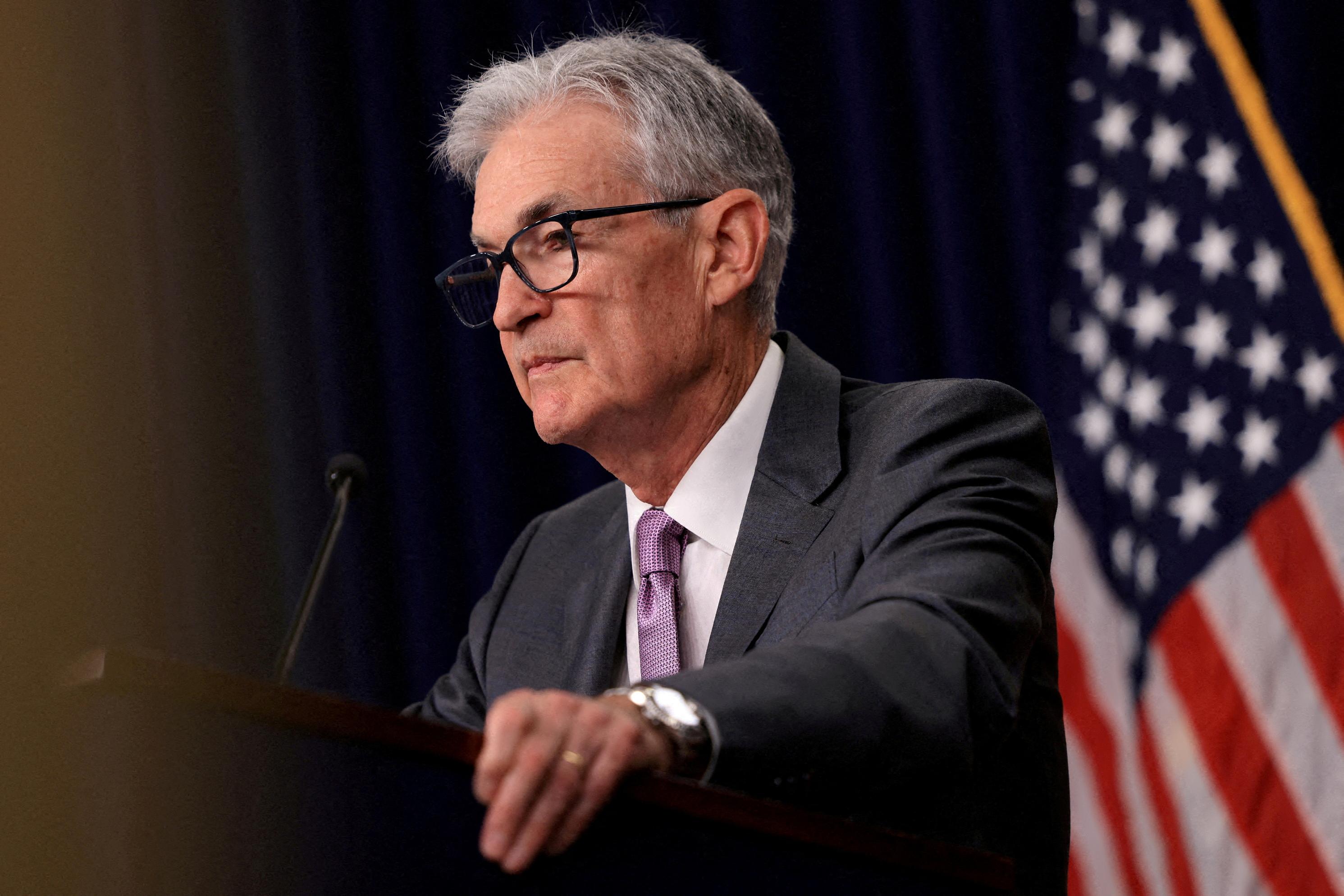
2024-08-26 05:56
BENGALURU, Aug 26 (Reuters) - Gold demand in India during the upcoming festive season is likely to remain robust, as the substantial reduction in import duty has made prices appealing, providing comfort to retail consumers and encouraging purchases, industry officials said. Higher demand in the world's second-largest gold consumer could support a rally in global prices , which hit a record high last week. But higher demand for gold imports could increase India's trade deficit and weigh on the rupee . "The primary beneficiaries of the reduced duty cut will be retail consumers," said Sachin Jain, CEO of the World Gold Council's Indian operations. India slashed import duties on gold in July to 6% from 15%, a step aimed at tackling smuggling. Demand during the upcoming festival season will be very strong, Jain told Reuters on the sidelines of the India Gold Conference. Gold demand in India usually strengthens towards the end of the year, which coincides with the traditional wedding season and major festivals including Diwali and Dusherra, when bullion buying is considered auspicious. Retail demand has improved since the duty cut brought down prices and this momentum seems likely to continue in the coming months, said Ajoy Chawla, CEO of Jewellery division at Titan (TITN.NS) , opens new tab Global prices hit a record high last week, but in India, domestic prices were around 71,800 rupees per 10 grams on Monday, below a record high of 74,731 rupees hit in July. The duty cut changed sentiment among retail consumers, which were postponing purchases because of the price rise, Asher O, managing director of India Operations at Malabar Gold and Diamonds. Gold prices could have hit a new record high above 80,000 rupees without the duty cut, but now they are trading below the peak, which is likely to increase demand from the next month's Onam festival, said Asher. Sign up here. https://www.reuters.com/markets/commodities/indias-gold-duty-cut-likely-spark-buying-spree-during-festivals-2024-08-26/
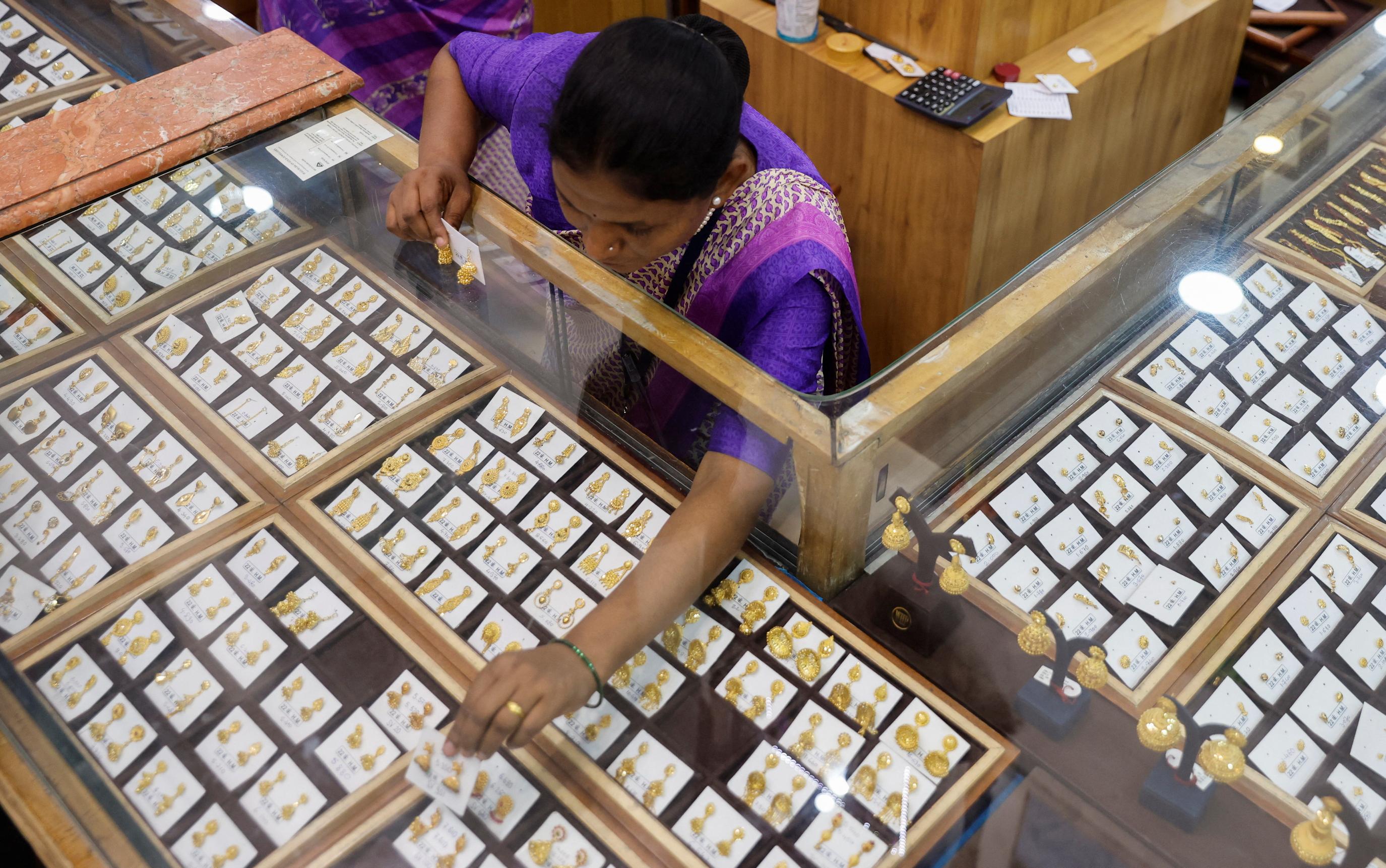
2024-08-26 05:36
WASHINGTON, Aug 26 (Reuters) - The Biden-Harris administration this week is expected to announce final implementation plans for steep tariff increases on certain Chinese imports, and if U.S. industry gets its way, many of the planned duties would be softened. Manufacturers from electric vehicles to electric utility equipment have asked for the higher tariff rates to be reduced, delayed or abandoned, and for potential exclusions to be greatly expanded. President Joe Biden in May announced a quadrupling of tariffs on Chinese electric vehicles to 100%, a doubling of duties on semiconductors and solar cells to 50%, as well as new 25% tariffs on lithium-ion batteries and other strategic goods including steel to shield U.S. firms from Chinese excess production. The White House had said initially the new tariffs would take effect on Aug. 1 but that was delayed until some time in September as the U.S. Trade Representative's office studied more than 1,100 public comments , opens new tab. A final determination is due by the end of August. Whether to ease the tariffs is the administration's first major trade decision since Vice President Kamala Harris emerged as the Democratic Party's presidential nominee after Biden stepped aside in late July. The decision is politically tricky. Dialing back the duties could draw criticism from Republicans that Harris will take a softer stand on China trade in a campaign where Trump has vowed to hit Chinese imports with hefty tariffs. Proceeding with the original hikes would draw complaints about higher costs, even from some Democrats in Congress. China has vowed retaliation against the "bullying" tariff hikes and Foreign Minister Wang Yi said they showed that some in the U.S. may be "losing their minds." The U.S. decision will come in the same week that U.S. National Security Adviser Jake Sullivan will meet with Wang in a visit aimed at keeping U.S.-China tensions in check with the November U.S. election fast approaching. CRANES AND SYRINGES The Biden-Harris tariffs include a new 25% levy on Chinese-made ship-to-shore cranes, a China-dominated sector with no U.S. producers. The Port of New York and New Jersey said it has eight cranes on order from China's state-owned ZPMC at $18 million apiece, and a 25% tariff would boost the cost of each by $4.5 million, "causing a significant strain on the Port's critical and limited resources." Democratic senators Tim Kaine and Mark Warner from Virginia and Raphael Warnock and Jon Ossoff from Georgia also raised concerns about the impact on ports in their states, calling for existing orders for Chinese cranes to be exempted. Warnock and Ossoff also urged USTR to reconsider the planned 50% tariff on syringes, saying they could disrupt supplies for those used to feed newborn infants. Ford Motor (F.N) , opens new tab asked USTR to reduce proposed tariffs on artificial graphite, a key material used in the production of anodes for electric vehicle batteries. Ford said it still "almost exclusively" uses Chinese secondary-particle graphite, Autos Drive America, a group representing foreign-brand automakers, called for tariff rates on batteries, modules, cells, and critical minerals to be kept stable through at least 2027 to allow automakers to "fulfill investments in U.S. production and to bolster consumer adoption" of EVs. EXTEND STEEL DUTIES There were some companies that urged more extensive Section 301 tariffs, including for Chinese made steel, which Biden proposed to increase to 25% from 7.5%. Finnish stainless steelmaker Outokumpu (OUT1V.HE) , opens new tab, which operates a mill in Alabama, said it supported the increase and wants it extended to all steel products melted and poured in China and processed in other countries, such as Vietnam, to curb tariff circumvention. The steelmaker also said the higher tariffs should extend to other stainless steel categories, such cutlery and refrigeration and brewery equipment. Sign up here. https://www.reuters.com/markets/us/us-industry-seeks-easing-steep-biden-harris-china-tariff-hikes-2024-08-26/
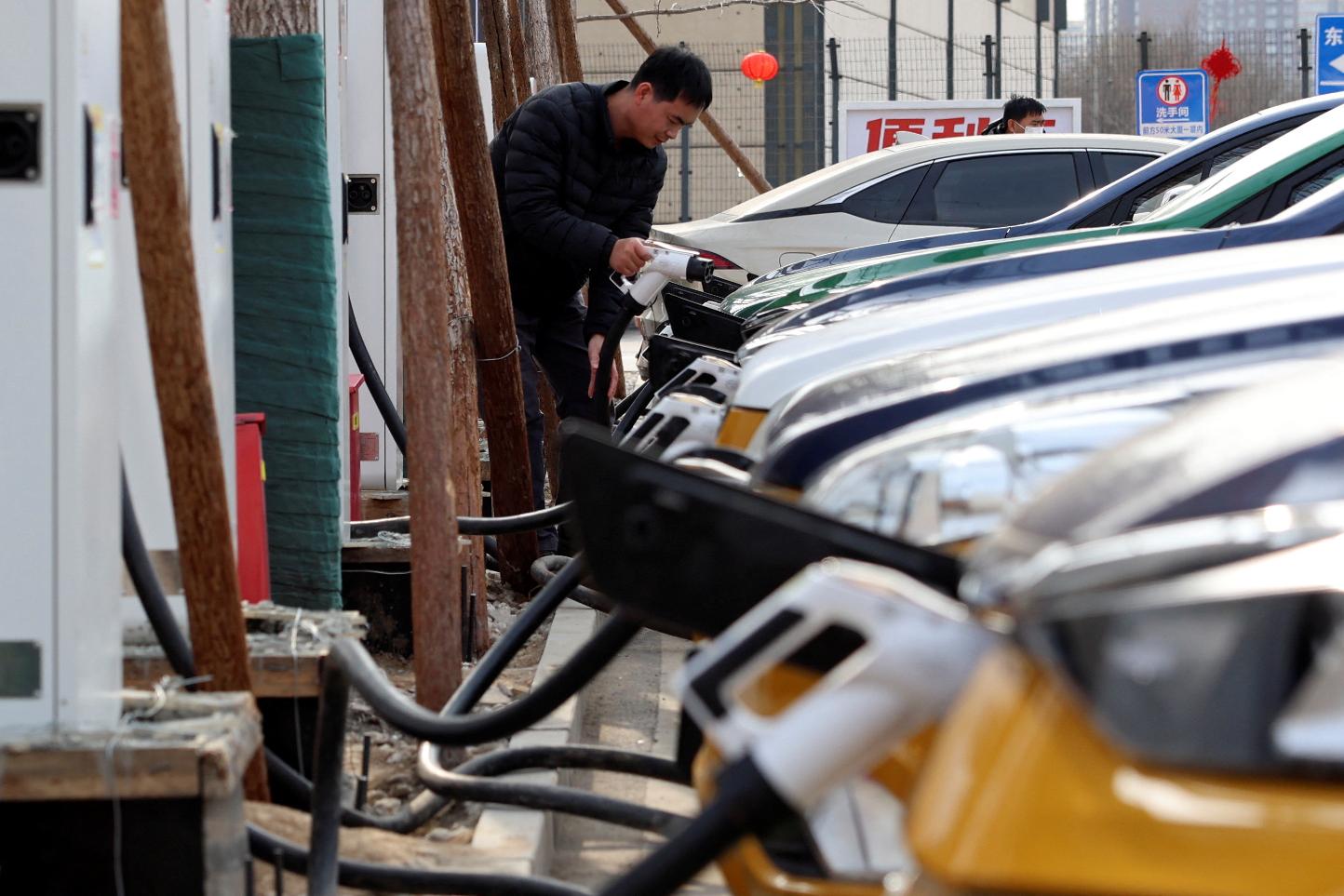
2024-08-26 05:35
MUMBAI, Aug 26 (Reuters) - The Indian rupee rose on Monday and forward premiums jumped after Federal Reserve Chair Jerome Powell's more dovish-than-expected comments raised the possibility of a larger rate cut at next month's meeting. The rupee was at 83.8475 to the U.S. dollar at 10:40 a.m. IST, up from 83.89 on Friday. The implied yield on the dollar/rupee 1-year forward premium rose to 2.14%, the highest since May 2023. Powell said that the "time has come for policy to adjust", indicating that Fed policymakers will most likely decide to slash borrowing costs when they meet next in September. Powell's remarks signalled he had more confidence that inflation is heading back to the Fed's target while emphasizing on the softness in the U.S. labour market. "The message from Chair Powell was perhaps more unequivocal than what markets were anticipating," MUFG Bank said in a note. The Fed is now putting more emphasis on downside risks to the labour market rather than upside risks to inflation, it said. With the labour market now seemingly a priority, the August U.S. jobs report due next Friday will be the most important data point on whether the Fed will cut rates by 25 basis points or 50 at the Sept. 17-18 meeting. Futures are currently pricing in a near 40% chance of a half-a-percentage point cut in interest rates. Chair Powell did not push back on market pricing, and nothing he said suggests a 50 bps rate cut is off the table, MUFG said. RUPEE UPSIDE LARGELY CAPPED The rupee opened at 83.81 to the dollar, following which it has struggled amid dollar demand from importers. It is the same price action that has been witnessed in recent days, a currency trader said. The dollar/rupee pair faces "a barrage of bids on any sort of dips", he said. Sign up here. https://www.reuters.com/markets/currencies/rupee-advances-forward-premiums-climb-dovish-fed-outlook-2024-08-26/
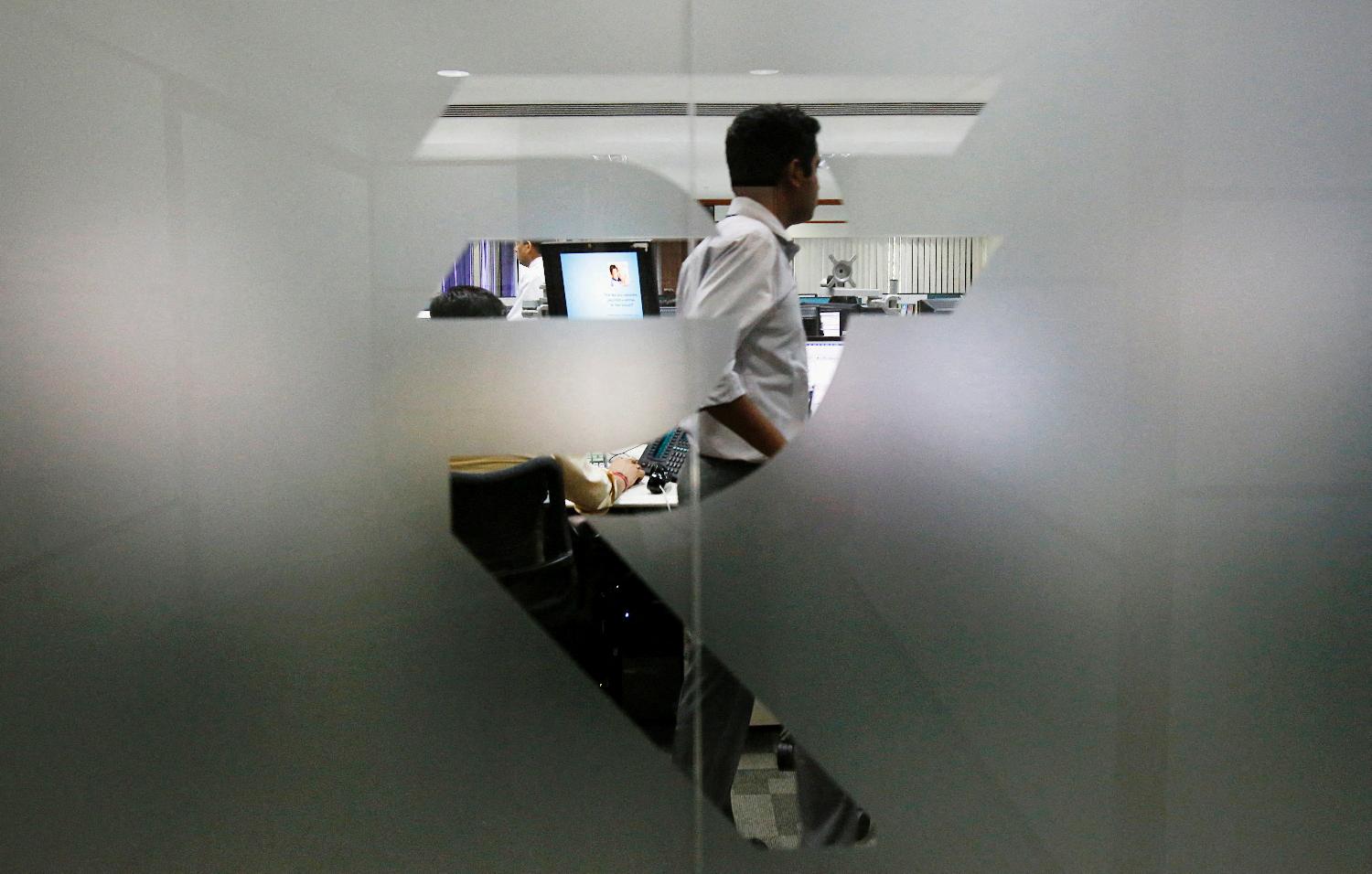
2024-08-26 05:34
Dollar falls to three-week low vs yen Dollar index rises from eight-month trough Middle East tensions on market radar U.S. headline durables surge in July, but core dips NEW YORK, Aug 26 (Reuters) - The U.S. dollar rallied from an eight-month low on Monday, while the yen rose against most currencies, as geopolitical tension in the Middle East intensified, prompting investors to seek safe-haven shelter. Volume was lighter than usual, with UK markets closed for a public holiday. The Swiss franc also advanced after Israel and Hezbollah fired missiles at each other over the weekend in one of the biggest clashes in more than 10 months of border conflict. "Geopolitical tension, absolutely, is a factor. Israel and Lebanon moved the market for sure," said Amo Sahota, executive director at Klarity FX in San Francisco. "Oil prices rallied pretty significantly about 3%. They were down last Friday, so that recovery has benefited some currencies such as the yen, Swiss franc, and the Canadian dollar." In afternoon trading, the U.S. dollar index, a gauge of the dollar's value against six major currencies, advanced 0.2% to 100.84, rising from its lowest since late December of 100.53 . Against the yen, the dollar was flat to slightly higher at 144.51 . It earlier dropped to a three-week low of 143.45. The euro fell versus the Japanese currency, down 0.1% at 161.45 yen , while the Swiss franc tumbled 0.7% to 169.97 yen . Helen Given, FX trader at Monex USA in Washington, said overall the yen had gained more than the other safe havens, particularly against the dollar, as it continued to benefit from an expected U.S. interest rate cut next month, which was confirmed by Federal Reserve Chair Jerome Powell last Friday in a hawkish speech in Jackson Hole, Wyoming. That prompted traders to seal bets of a 25 basis point (bps) rate cut in September and even boost expectations of a super-sized 50 bps rate cut. "Powell comes in and sounds really quite alarmist, in a way, particularly his comments around employment reports," said Klarity's Sahota. "His comments had nothing about slow, gradual rate cuts. He seemed to be giving an open letter to say that if data suggests, we will go hard and we will go fast." The dollar recovered a bit against the yen after data showed U.S. durable goods orders surged 9.9% in July, after falling in June. However, non-defense capital goods orders excluding aircraft, a closely-watched proxy for business spending plans, dipped 0.1% after a downwardly revised 0.5% increase in June. The euro eased 0.3% against the dollar to $1.1161 . Sources told Reuters that ECB policymakers are lining up behind another rate cut on Sept. 12. The risk-off sentiment also weighed on the Australian and New Zealand dollars and the Norwegian crown , which were all lower against the dollar. At the same time, the risk-off stance benefited the Swiss franc. The dollar slipped 0.1% against the Swiss franc to 0.8469 francs . The euro also fell 0.3% against the Swiss currency to 0.9454 . Sterling , meanwhile, slid 0.2% against the dollar to $1.3192 after jumping as far as $1.3229 on Friday for the first time in 17 months. Bank of England head Andrew Bailey said on Friday it was "too early to declare victory" over inflation, signalling a less aggressive stance on interest rate cuts than the Fed. Sign up here. https://www.reuters.com/markets/currencies/dollar-sinks-vs-yen-hovers-near-2-12-year-low-sterling-after-feds-dovish-shift-2024-08-26/

2024-08-26 05:22
Aug 26 (Reuters) - The Greek-flagged crude oil tanker Sounion has been on fire in the Red Sea since Aug. 23 after an attack by Yemen's Houthis with no obvious signs of an oil spill, the EU Red Sea naval mission Aspides said in a post on X on Monday. The EU mission published photos dated Sunday showing fire and smoke coming out of the vessel's main deck. Reuters has verified the authenticity of a Houthi video of a fiery assault on the ship. The Sounion is carrying 150,000 tonnes of crude oil and poses an environmental hazard, shipping officials said. Aspides said part of Sounion's superstructure was on fire and that flames were observed in at least five locations on the vessel's main deck. If a spill occurs, it has the potential to be among the largest from a ship in recorded history. "The vessel is carrying more than 1 million barrels of oil," Lars Jensen, CEO of Vespucci Maritime, said in a recent post on LinkedIn. Making matters worse, Jensen said, the risk of attacks from the Houthis will make it difficult to deploy vessels to mitigate and clean up should a spill occur. The Houthis, who control Yemen's most populous regions, have been attacking ships in solidarity with Palestinians in the war between Israel and Hamas in Gaza. The Iran-aligned rebels have sunk two ships and killed at least three crew in their 10-month campaign that has upended global ocean shipping by forcing vessel owners to avoid the Suez Canal shortcut. The Sounion is the third vessel operated by Athens-based Delta Tankers to come under Houthi attack this month. The militants said Delta Tankers had violated their ban on "entry to the ports of occupied Palestine". Sign up here. https://www.reuters.com/world/middle-east/eu-naval-mission-greek-flagged-ship-sounion-fire-since-august-23-after-houthi-2024-08-26/
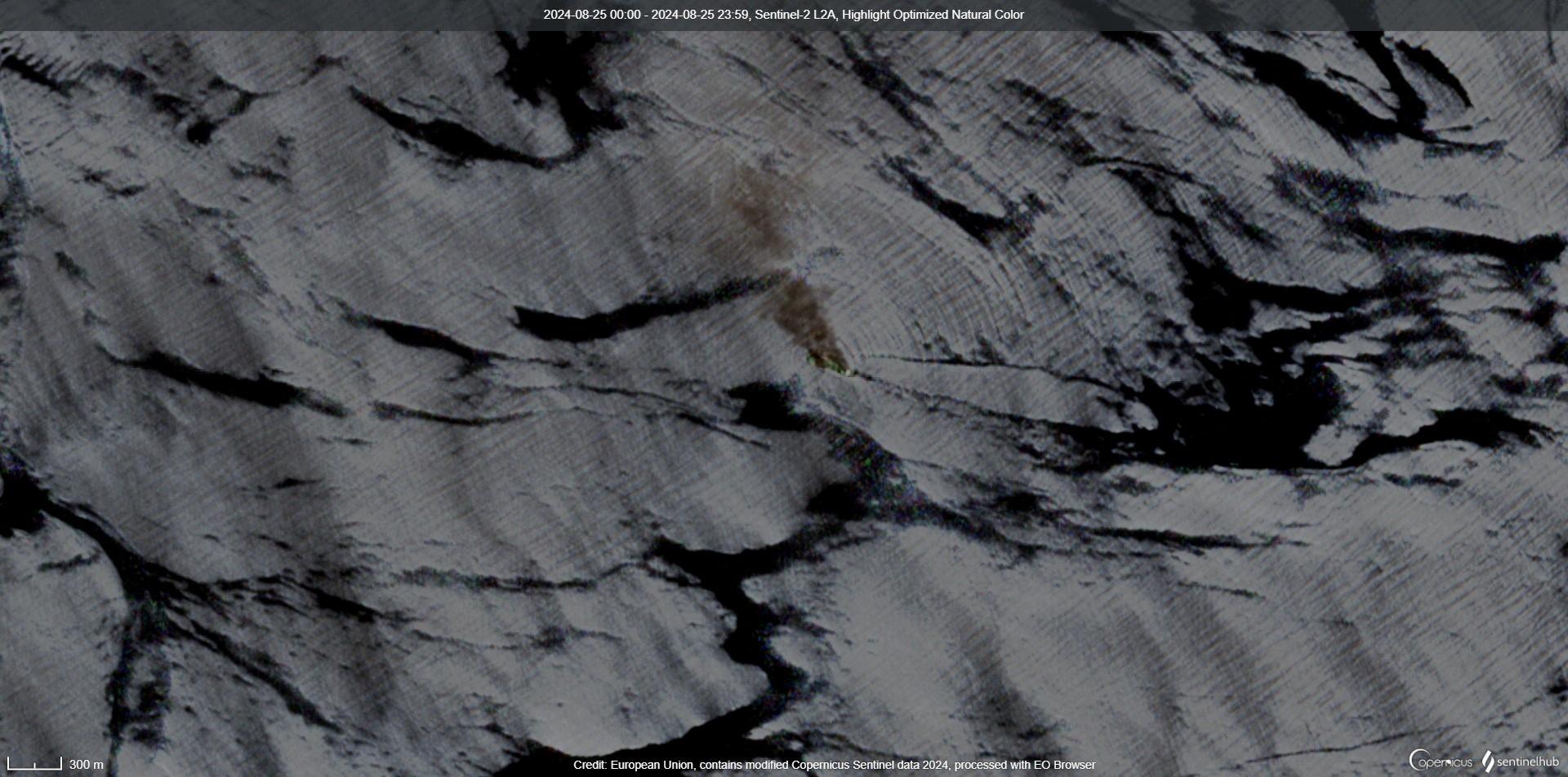
2024-08-26 04:32
A look at the day ahead in European and global markets from Wayne Cole. Asia has seen an extension of the Powell rally so far on Monday with yields and the dollar down, and most stocks edging higher. The major exception being the Nikkei, which really doesn't appreciate the yen's climb through 144.00 per dollar. Oil prices climbed 0.7% after Israel and Hezbollah traded rocket salvos and air strikes on Sunday, stirring worries about possible supply disruptions if the conflict escalated. Powell put the cat among the doves with his sudden emphasis on the health of the labour market over and above inflation, basically saying the Fed won't tolerate a weaker employment outlook. That lowered the bar for an outsized cut of 50 basis points in September, with futures now implying a 38% chance of such a move and 103 basis points of easing by Christmas. Ten-year yields of 3.79% are just 10 basis points under the two-year and it can't be long before the curve turns properly positive. Indeed, it's surprising that hasn't happened already, particularly given the sheer scale of Treasury issuance, and suggests something extra is keeping longer-term yields down. Time is also running out for the inverted curve to predict a recession, though the Atlanta Fed GDPNow measure has slowed to an annualised 2.0%, from 2.4% mid-month. Figures on real consumer spending on Friday will help refine that number, and could actually be more important than the core PCE deflator given Powell's focus on growth and employment. Flash estimates for EU inflation are also due on Friday and analysts assume it will be benign enough for the ECB to cut as expected on Sept. 19. The other main event of the week will be Nvidia's (NVDA.O) , opens new tab results on Wednesday where it will have to beat consensus by a lot to justify its stratospheric p/e of 37 forward earnings. Markets are looking for $28.8 billion of sales and Q3 guidance around $32 billion, and it will have to top that by at least a couple of billion. Options imply a move of 9% or more is likely after the results, a serious amount of cash given its market cap is almost $3.2 trillion. Key developments that could influence markets on Monday: - Riksbank publishes minutes from monetary policy meeting - German Business Climate Ifo for Aug - U.S. durable goods orders, Dallas Fed manufacturing survey - Federal Reserve Bank of San Francisco President Mary Daly speaks Sign up here. https://www.reuters.com/markets/europe/global-markets-view-europe-2024-08-26/
